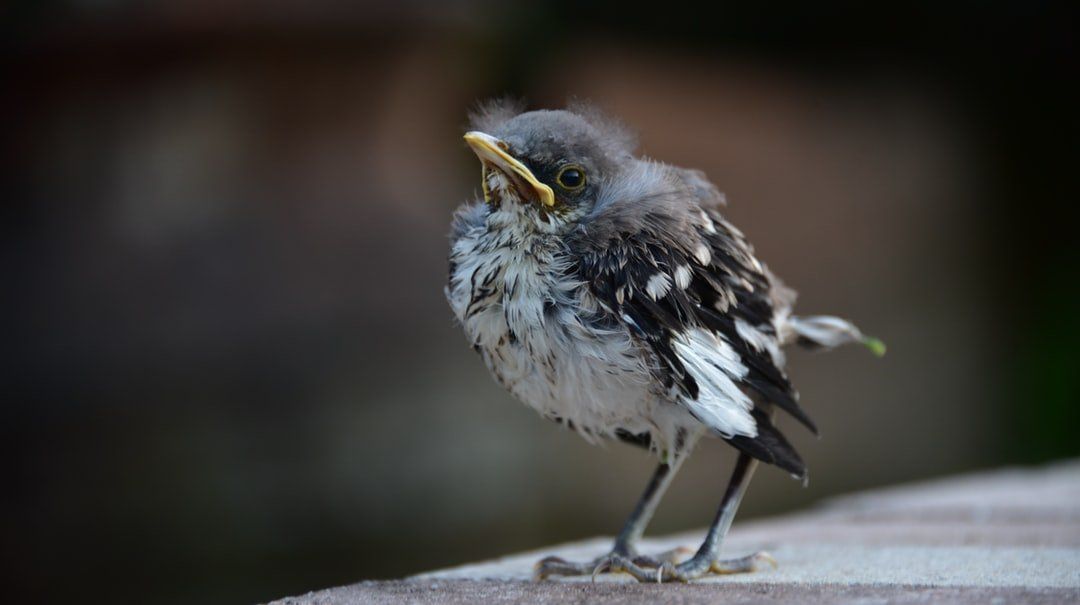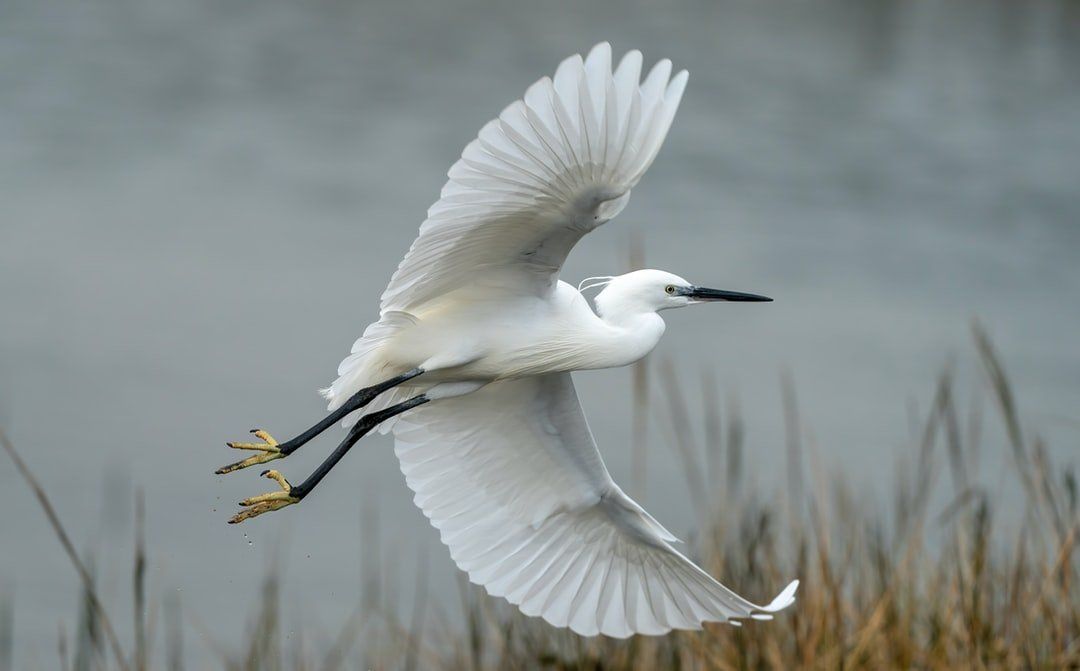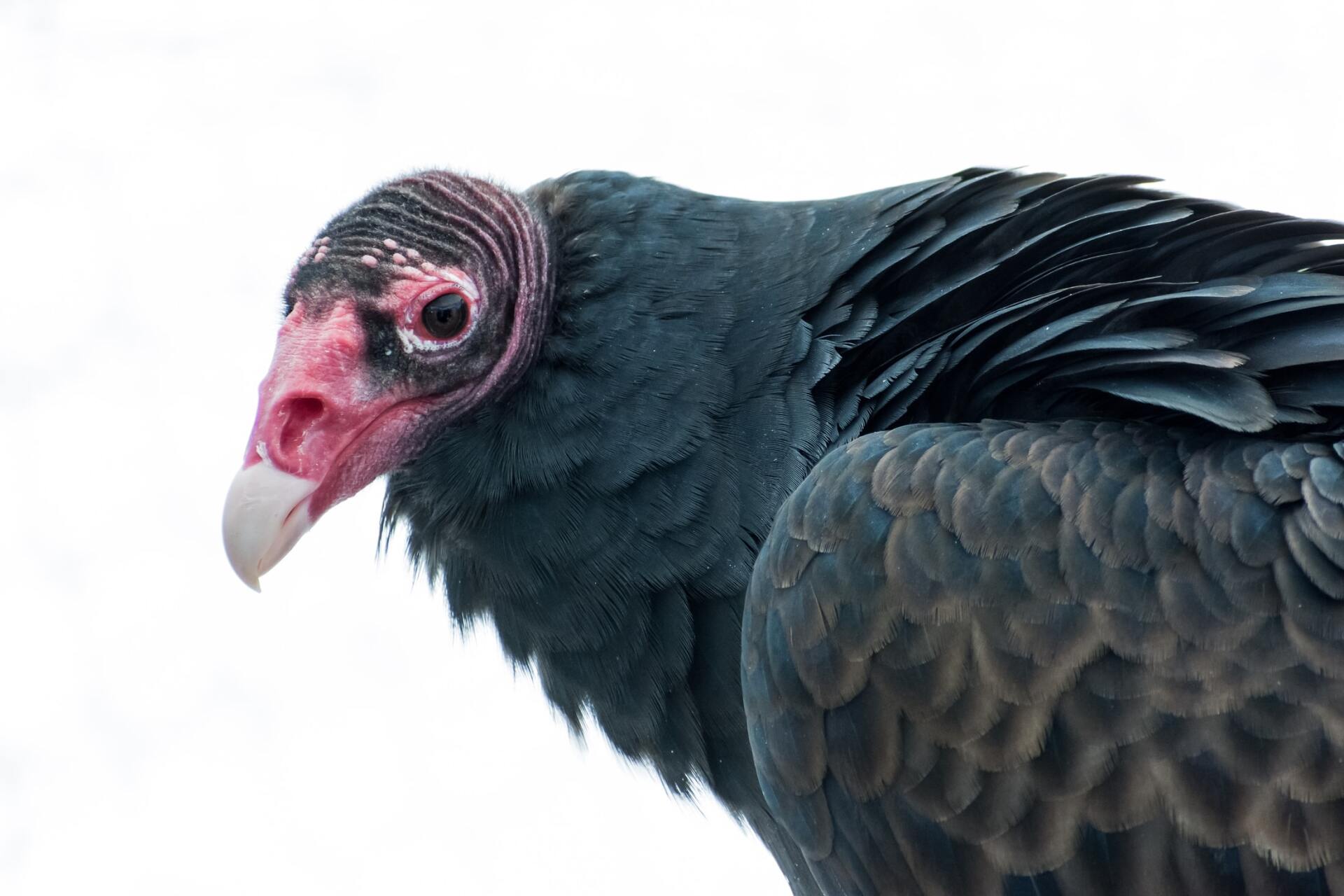Did You Know: Common Wildlife Misconceptions
Ashlee Quyle
Three of the most common myths and facts surrounding Florida wildlife...

Growing up, we were all told stories about snakes that chase you, that opossums are rabies-vector species, and that handling a baby bird will make the mother abandon it. The real question is are those stories true?
Here are the 3 most commonly heard myths and the facts about our local wildlife.
Opossums
Living in urban areas, the 2 mammals we most often come across are raccoons and opossums. Usually, the first thing we think of when see or encounter them is, “do they have rabies?” Most mammals, like raccoons, can carry the rabies virus, but opossums rarely carry the virus. According to The Humane Society of North America, only 1% of opossums carry the rabies virus. The reason behind the low percentage is due to the body temperature of the marsupial (yes, opossums are marsupials!). Opossums have low body temperatures (ranging between 94-97F) making it extremely difficult for the virus to survive in their body. Opossums play a key role in our ecosystems, as well. Believe it or not, they help reduce the possibility of us contracting Lyme Disease. This is because they kill 95% of the ticks they come across by eating up to 5,000 ticks per season.
A Bird’s Sense of Smell:
Another common myth spread often is that birds can smell if you’ve handled their young. Most birds lack fully-developed olfactory glands
(which provide smell and taste). Certain fragrances from flowers or fruits may be detected, but they can’t “smell predators” like we’ve been told as kids. Birds that have fully-developed olfactory glands include vultures, kiwis, parrots, and seabirds. Having this developed gland does not mean that they can trace our smell, however, and this developed gland helps these species of birds find their food source and enjoy the taste of their meal.
Snakes Chasing People:
We’ve heard a horror story of someone being chased by a snake. This is far from true and one of the biggest myths. According to the Smithsonian Institute Press and Sterling Press, many people commonly mistake a snake’s defensive behavior for being “chased”. Several types of snakes communicate with clear body language. A typical reaction to see from a snake that has been disturbed is to run away. When planning an escape route, snakes may see one that in your general direction and go as fast as they can towards it, which can be perceived as them “chasing” you. If running isn’t an option, then a snake will do its best to try to scare you off by hissing and mimicking other snakes (for example non-venomous water snakes will flatten their heads to look like the venomous cottonmouth). If that fails, they will try striking. In the mind of a frightened hiker or outdoorsman, this can commonly look like the snake is chasing after them. The best thing to remember with snakes is that they are cowards first, liars second, and then lastly, warriors. Give snakes room to get away and they most likely will. If you see what you believe to be a venomous snake, the National Parks Service recommends backtracking on a trail and waiting 5-10 minutes to allow it to leave, and then check the area again before proceeding, as you will most likely have frightened even the "scariest" of snakes with just your footsteps alone!
Want to share this article? Click below to share to Facebook or email to a friend!
You might also like
TCWC Blog

Did You Know- Herons and Egrets Florida is home to a variety of unique birds. A patient birder will find many native and migratory songbirds, birds of prey, and beautifully colored wading birds. To new birders or just people enjoying a nature walk, there will be some species of birds that may look similar. Depending on experience level, identifying birds can be easy, fun, frustrating, or confusing. This is particularly the case for wading birds such as herons and egrets. They are long-legged, long-necked freshwater, coastal birds that even have similar diets. So, how can you tell them apart? The easiest way to distinguish them is that herons are taller and have more coloration, while egrets are more petite and primarily white; and have decorative plumage for the breeding season. Herons come in colors such as blue-grey, brown, black, and white, while egrets are mainly white, except for the rarer sightings of the Reddish Egret. There are also two different types of herons, diurnal and nocturnal herons. The diurnal herons are longer-necked than the nocturnal herons. Perhaps the well-known heron is the Great Blue Heron, and the most well-known egret is the Great Egret. Both have similar body structures, but the Great Egret is all white with a yellow beak and black legs. In Florida, there are six different heron species and four different egret species. The herons spotted locally include Great Blue Herons, Green Herons, Tricolored Herons, Little Blue Herons, and the Black-Crowned Night-Herons. The egrets that can be spotted here are Great Egrets, Snowy Egrets, and Cattle Egrets.

Did You Know: All About Vultures Several different bird species call Florida home. From iconic birds of prey like the Bald Eagle and Great Horned Owl to wading birds like the Roseate Spoonbill and Wood Storks...but did you know the Wood Storks lesser-known cousin is the vulture? In South Florida, we see both the Turkey Vulture and the Black Vulture (that we wrongfully nicknamed "Buzzards"). Buzzards are a type of hawk, which both vulture species are not. The first thought that typically comes to our minds when we think about vultures is the instant connection to their attraction to dead animals. That is because, unlike other birds, vultures have an extraordinary sense of smell and can smell carrion (dead animals) when they are only 12-24 hours old. Black Vultures have a much weaker sense of smell, however, and usually rely on their sense of sight to find their meal. They will even watch Turkey Vultures soar lower and lower to a potential meal and then take it from them! Both species of vulture prefer their meals freshly deceased. Vultures are nature's garbage crew and they do their job perfectly! Believe it or not, vultures are cleaner than you'd think and have special adaptations to keep them that way. Have you ever noticed that vultures are bald? Vultures have these beautifully bald heads to keep the muck from the carrion they feed on from getting stuck in their feathers. They also have strange white-ish-colored feet. Their feet are white because they release their urine and fecal matter onto their feet to not only cool off from the hot summer temperatures but also to clean their feet off from any bacteria or diseases they may have picked up from their meals. Vultures are also beneficial to the ecosystem. By eating roadkill and other carrion, they clean the environment from any potential diseases or bacteria that could be harmful to other animals and humans. The diseases and bacteria don’t affect them though, due to harboring extremely strong stomach acids. They also help farmers! Farmers used to watch the skies when they needed to find one of their cows giving birth. This was because Black Vultures were keeping an eye out for the afterbirth. While vultures may be “social” and eat together as a group, they are keen to only be social towards their family group. Black Vultures in particular are highly aggressive to vultures outside of their family. While they don’t have a voice box, they’ll communicate through raspy hisses and grunts or will even bite and peck at outside vultures to keep them away from their meal. Both the Turkey Vulture and Black Vultures are family-oriented. These ground nesters will lay 1-3 eggs and care for and continue to feed their young well after they have fledged. While we may not find vultures beautiful, they do have many benefits and have been long overlooked. While these birds of prey are powerful, they are not indestructible. Back in the 1940s, they were facing similar problems as the Bald Eagle, Osprey, Peregrine Falcon, and Brown Pelican. The use of DDT was extremely popular at the time, but as we all know, had a very powerful effect on our native birds. Birds that died from DDT were eaten by vultures that passed this harmful pesticide down to them. Females would go lay their eggs, and the eggshell would be too thin to support the mother's weight during incubation, and she would end up crushing the eggs; leading to a rapid decline in population for both species. Since the ban, they have made a very healthy recovery and are once again back to doing what they do best, cleaning nature. Want to share this article? Click below to send to a friend via email or Facebook!


